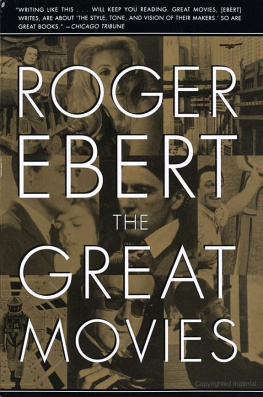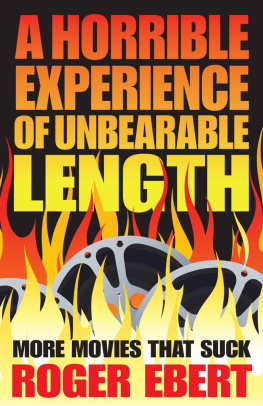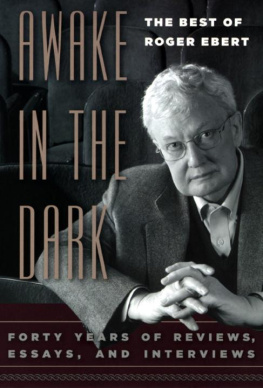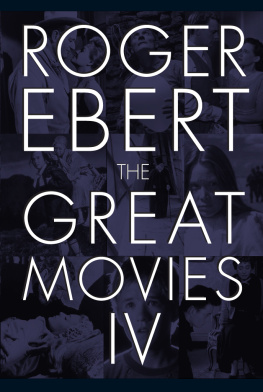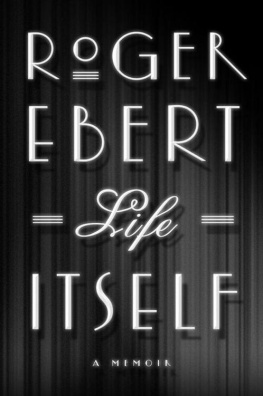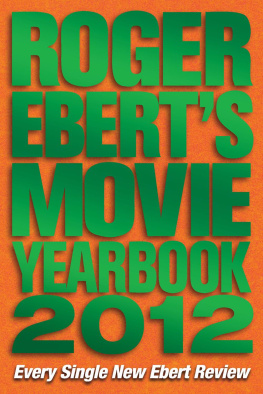Apollo 13

PG , 135 m., 1995
Tom Hanks (Jim Lovell), Bill Paxton (Fred Haise), Kevin Bacon (Jack Swigert), Gary Sinise (Ken Mattingly), Ed Harris (Gene Kranz), Kathleen Quinlan (Marilyn Lovell), Mary Kate Schellhardt (Barbara Lovell), Emily Ann Lloyd (Susan Lovell). Directed by Ron Howard and produced by Brian Grazer. Screenplay by William Broyles, Jr., and Al Reinert.
There is a moment early in Apollo 13 when astronaut Jim Lovell is taking some press on a tour of the Kennedy Space Center, and he brags that they have a computer that fits in one room and can send out millions of instructions. And Im thinking to myself, hell, Im writing this review on a better computer than the one that got us to the moon.
Apollo 13 inspires many reflections, and one of them is that Americas space program was achieved with equipment that would look like tin cans today. Like Lindbergh, who crossed the Atlantic in the first plane he could string together that might make it, we went to the moon the moment we could, with the tools that were at hand. Today, with new alloys, engines, fuels, computers, and technology, it would be safer and cheaperbut we have lost the will.
Apollo 13 never really states its theme, except perhaps in one sentence of narration at the end, but the whole film is suffused with it: The space program was a really extraordinary thing, something to be proud of, and those who went into space were not just heroes, which is a clich, but brave and resourceful.
Those qualities were never demonstrated more dramatically than in the flight of the thirteenth Apollo mission, in April 1970, when an oxygen tank exploded en route to the moon. The three astronauts on boardJim Lovell, Fred Haise, and Jack Swigertwere faced with the possibility of becoming marooned in space. Their oxygen could run out, they could be poisoned by CO2 accumulations, or they could freeze to death. If some how they were able to return to the Earths atmosphere, they had to enter at precisely the right angle. Too steep an entry, and they would be incinerated; too shallow, and they would skip off the top of the atmosphere like a stone on a pond, and fly off forever into space.
Ron Howards film of this mission is directed with a single-mindedness and attention to detail that make it riveting. He doesnt make the mistake of adding cornball little subplots to popularize the material; he knows he has a great story, and he tells it in a docudrama that feels like it was filmed on location in outer space.
So convincing are the details, indeed, that I went back to look at For All Mankind, the great 1989 documentary directed by Al Reinert, who cowrote Apollo 13. It was an uncanny experience, like looking at the origins of the current picture. Countless details were exactly the same: the astronauts boarding the spacecraft, the liftoff, the inside of the cabin, the view from space, the chilling sight of the oxygen venting into space, even the little tape recorder floating in free-fall, playing country music. All these images are from the documentary, all look almost exactly the same in the movie, and that is why Howard has been at pains to emphasize that every shot in Apollo 13 is new. No documentary footage was used. The special effectsmodels, animation, shots where the actors were made weightless by floating inside a descending airplanehave re-created the experience exactly.
The astronauts are played by Tom Hanks (Lovell), Bill Paxton (Haise), and Kevin Bacon (Swigert). The pilot originally scheduled for the Apollo 13 mission was Ken Mattingly (Gary Sinise), who was grounded because he had been exposed to the measles. The key figure at Houston Mission Control is Gene Kranz (Ed Harris). Clean-cut, crew-cut, wearing white collars even in space, the astronauts had been built up in the public mind as supermen, but as Tom Wolfes book and Phil Kaufmans movie The Right Stuff revealed, they were more likely to be hotshot test pilots than straight arrows.
The movie begins with the surprise selection of Lovells group to crew Apollo 13. We meet members of their families, particularly Marilyn Lovell (Kathleen Quinlan); we follow some of the training, and then the movie follows the ill-fated mission, in space and on the ground. Kranz, the Harris character, chain-smoking Camels, masterminds the ground effort to figure out how (and if) Apollo 13 can ever return.
A scheme is dreamed up to shut down power in the space capsule, and move the astronauts into the Lunar Landing Module, as sort of a temporary lifeboat. The lunar lander will be jettisoned at the last minute, and the main capsules weakened batteries may have enough power left to allow the crew to return alive.
Meanwhile, the problem is to keep them from dying in space. A scrubber to clean CO2 from the capsules air supply is jerry-built out of materials on board (and you can see a guy holding one just like it in For All Mankind). And you begin to realize, as the astronauts swing around the moon and head for home, that, given the enormity of the task of returning to Earth, their craft and equipment is only a little more adequate than the rocket sled in which Evil Knievel proposed to hurtle across Snake River Canyon at about the same time.
Ron Howard has become a director who specializes in stories involving large groups of characters: Cocoon, Parenthood, Backdraft, The Paper. Those were all films that paid attention to the individual human stories involved; they were a triumph of construction, indeed, in keeping many stories afloat and interesting. With Apollo 13, he correctly decides that the story is in the mission. There is a useful counterpoint in the scenes involving Lovells wife, waiting fearfully on the ground. (She tells their son, Something broke on your daddys spaceship and hes going to have to turn around before he even gets to the moon.) But Howard adds no additional side stories, no little parallel dramas, as a lesser director might have.
This is a powerful story, one of 1995s best films, told with great clarity and remarkable technical detail, and acted without pumped-up histrionics. Its about men trained to do a job, and doing a better one than anyone could have imagined. The buried message is: When we dialed down the space program, we lost something crucial to our vision. When I was a kid, they used to predict that by the year 2000, youd be able to go to the moon. Nobody ever thought to predict that youd be able to, but nobody would bother.
The Bands Visit

PG-13 , 86 m., 2008
Sasson Gabai (Tewfig), Ronit Elkabetz (Dina), Saleh Bakri (Haled), Khalifa Natour (Simon), Imad Jabarin (Camal), Tarak Kopty (Iman). Directed by Eran Kolirin and produced by Eilon Ratzkovsky, Ehud Bleiberg, Yossi Uzrad, Koby Gal-Raday, and Guy Jacoel. Screenplay by Kolirin.
The eight men wear sky-blue uniforms with gold braid on the shoulders. They look like extras in an opera. They dismount from a bus in the middle of nowhere and stand uncertainly on the sidewalk. They are near a highway interchange, leading, no doubt, to where theyd rather be. Across the street is a small caf. Regarding them are two bored layabouts and a sadly, darkly beautiful woman.
They are the Alexandria Ceremonial Police Orchestra, a band from Egypt. Their leader, a severe man with a perpetually dour expression, crosses the street and asks the woman for directions to the Arab Cultural Center. She looks at him as if he stepped off a flying saucer. Here there is no Arab culture, she says. Also no Israeli culture. Here there is no culture at all.
They are in a dorp in the middle of the Israeli desert, having taken the wrong bus to the wrong destination. Another bus will not come until tomorrow.


